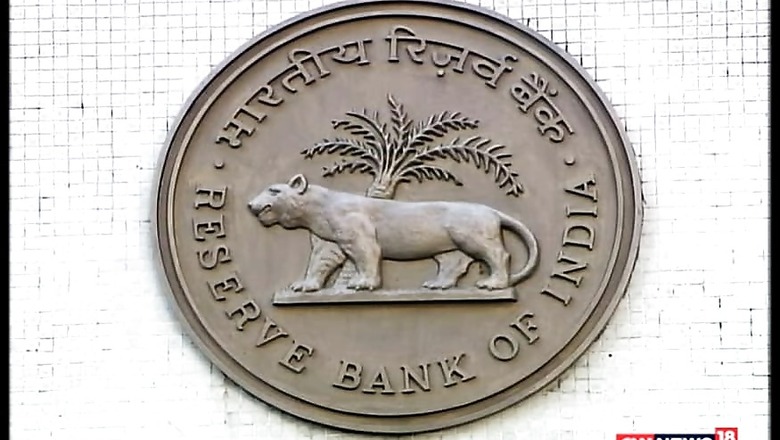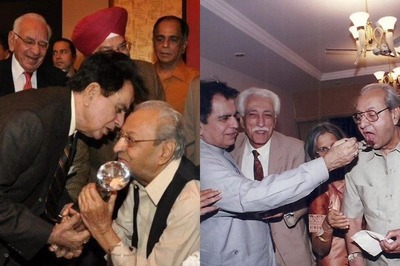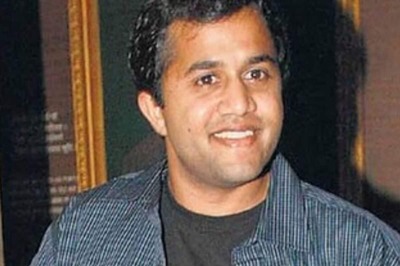
views
New Delhi: Firming inflation, rising oil prices and government's plans to raise crop support price are likely to restrain the RBI, for the third time in a row, from slashing benchmark lending rate on Wednesday, say experts. The 6-member Monetary Policy Committee (MPC), headed by Reserve Bank of India (RBI) Governor Urjit Patel, will meet on February 6 and 7 for the Sixth Bi-monthly Monetary Policy Statement for 2017-18.
The resolution will be made public by the central bank on Wednesday afternoon. In its December review, RBI had kept the benchmark interest rate unchanged on fears of rising inflation while lowering growth forecast to 6.7 percent for the current fiscal.
The central bank had reduced the benchmark lending rate by 0.25 percentage points to 6 percent in August, bringing it to a 6-year low. Bankers and experts are of the view that for the third time in a row RBI may key repo-rate or short-term lending rate unchanged as inflation trajectory is likely to remain upward at a time when crude oil prices in the international market have started firming up.
Also, pick-up in economic activity in the second half of the current financial year, ending March 31, will reduce pressure on RBI to go in for a rate cut to boost growth. "I think the RBI should hold rates. According to me, cut in the rate at this point of time is ruled out. But then, they should also not be increasing the rates. I think the stance of the policy will be neutral," said Union Bank of India's Managing Director and CEO Rajkiran Rai G. Suvodeep Rakshit, Senior Economist at Kotak Institutional Equities too expects the RBI to remain on a pause.
"However, the tone will likely be more hawkish with a probability of rate hikes in 2018-19," he said, adding that higher crude prices and global macro conditions will weigh on the RBI's decision. Experts said that while the main concern for the central bank will be the rising inflation trajectory, the MPC will also factor in the Union Budget presented by Finance Minister Arun Jaitley to Parliament earlier this month.
"Even as the RBI takes note of the fiscal consolidation and expenditure on roads, railways, it will be cautious on risks of revenue slippages, increase in food subsidy (possibly through higher MSP) and overall expenditure quality, and possible fiscal slippages," said Rakshit.
BofA Merrill Lynch Global Research report said the MPC will "persist with slightly hawkish pause, from February, on Wednesday. We see 25bp RBI rate cut in August if rains are normal". The support price for the upcoming Kharif crops like paddy could see up to 47 percent rise after Jaitley announced that the government will give MSP at 1.5 times the cost of production to farmers.
Retail inflation crossed the RBI's comfort level and rose to 5.21 percent in December on increase in prices of food items. The retail inflation, based on Consumer Price Index CPI), was 4.88 percent in November. In December 2015, it was 3.41 percent.
The RBI has been asked by the government to keep inflation at 4 percent, plus or minus 2 percent, and its rise beyond the comfort zone will put pressure on the central bank not cut interest rate (repo rate). After the government presented the pre-budget Economic Survey to Parliament, Chief Economic Adviser Arvind Subramanian too had indicated that the scope for RBI to lower interest rate may be limited with growth picking up and inflation hardening.
"By definition, if growth is picking up and inflation is rising, there is less scope of monetary easing. By definition that's true," he had told PTI when asked about the possibility of a rate cut by the central bank.
In his Budget Speech, Jaitley had said that the GDP (Gross Domestic Product) growth of 6.3 percent in the July- September quarter of the current fiscal signaled turnaround of the economy.
The country is expected to grow at 7.2 to 7.5 percent in the second half of the current fiscal, ending March 31, he said.
















Comments
0 comment